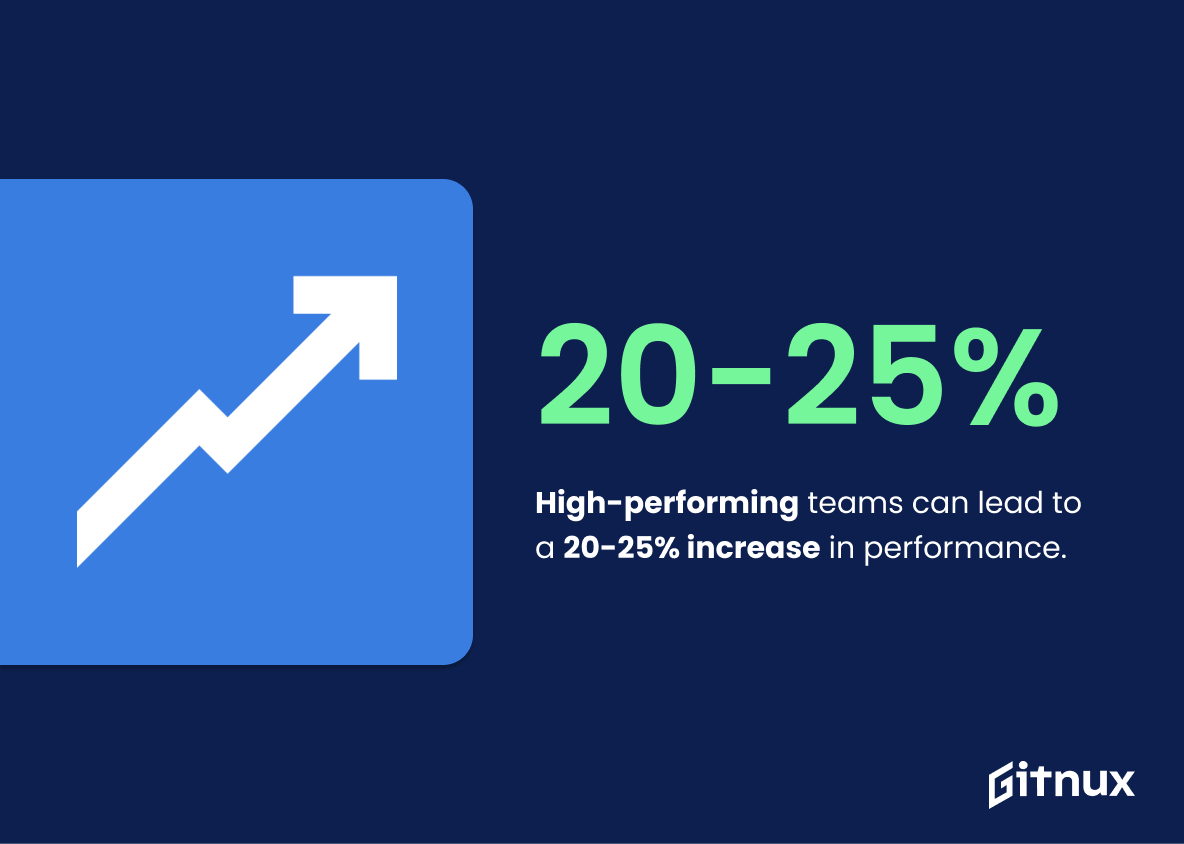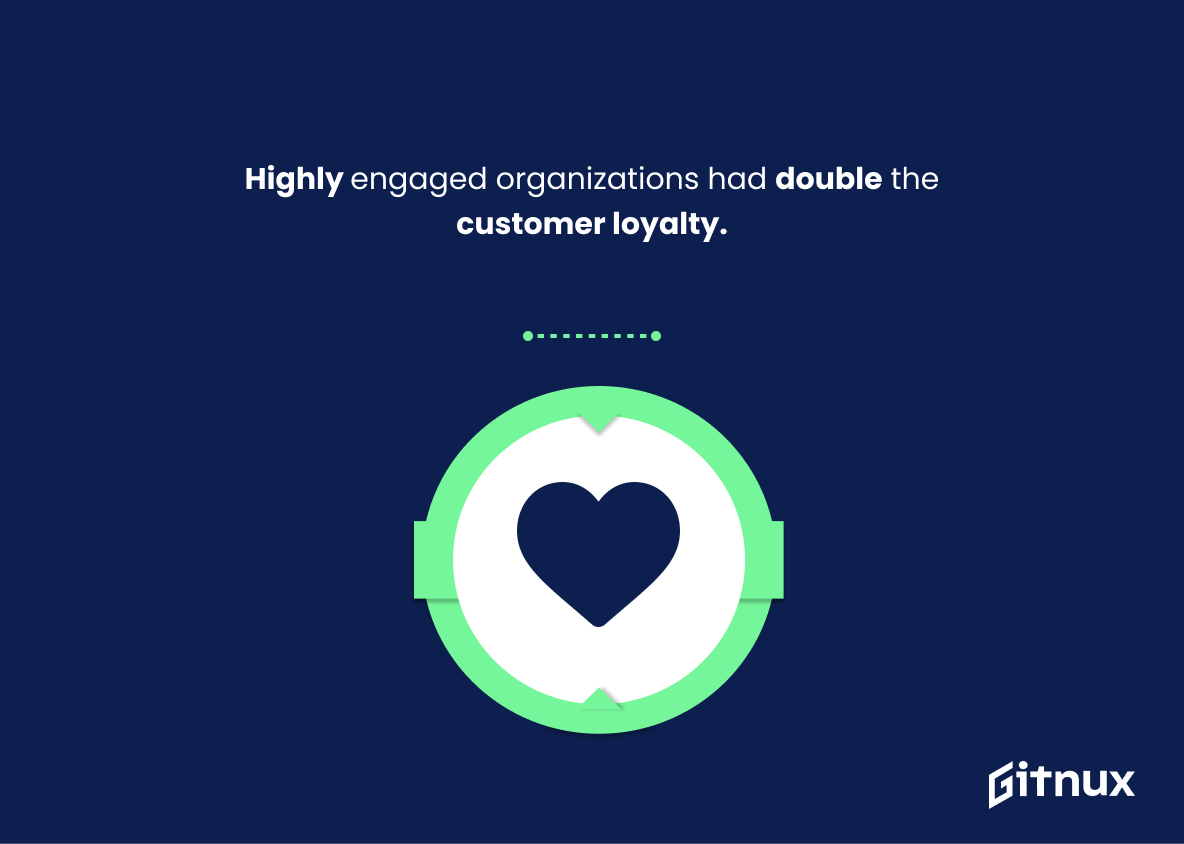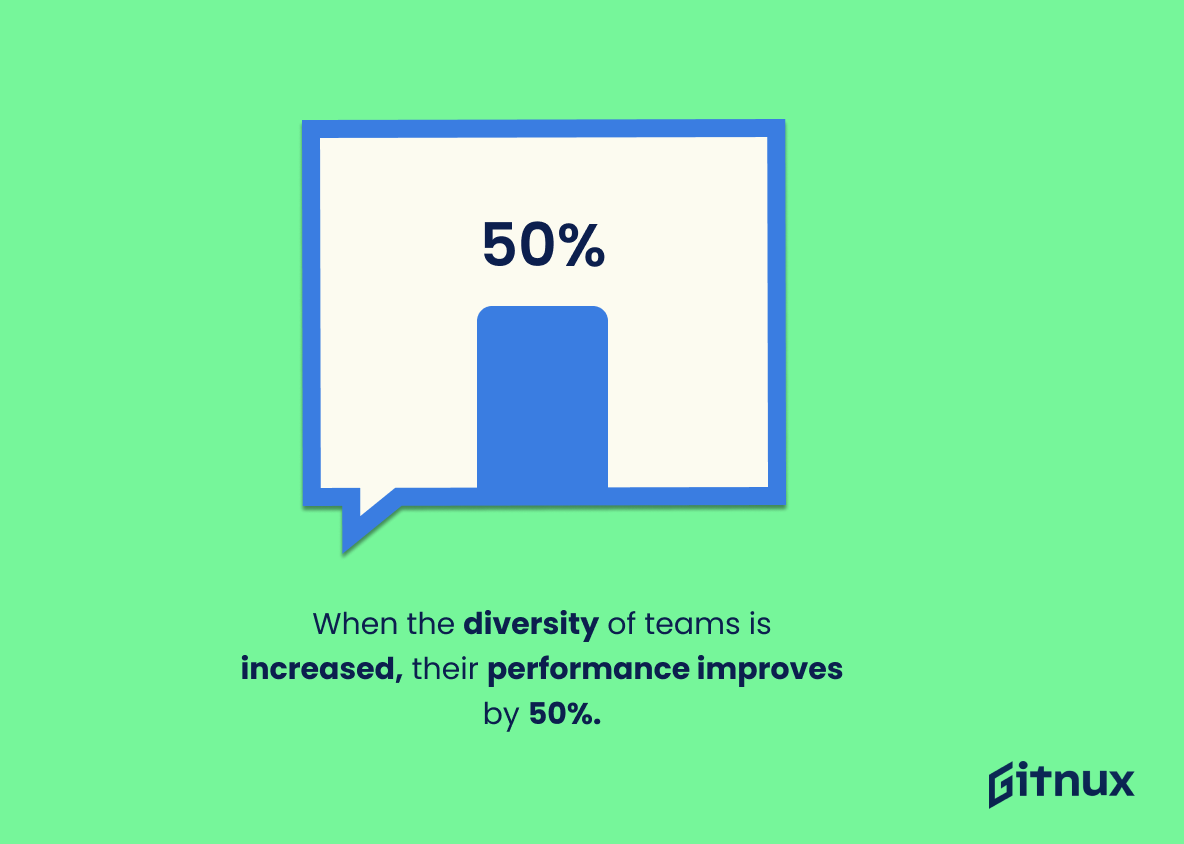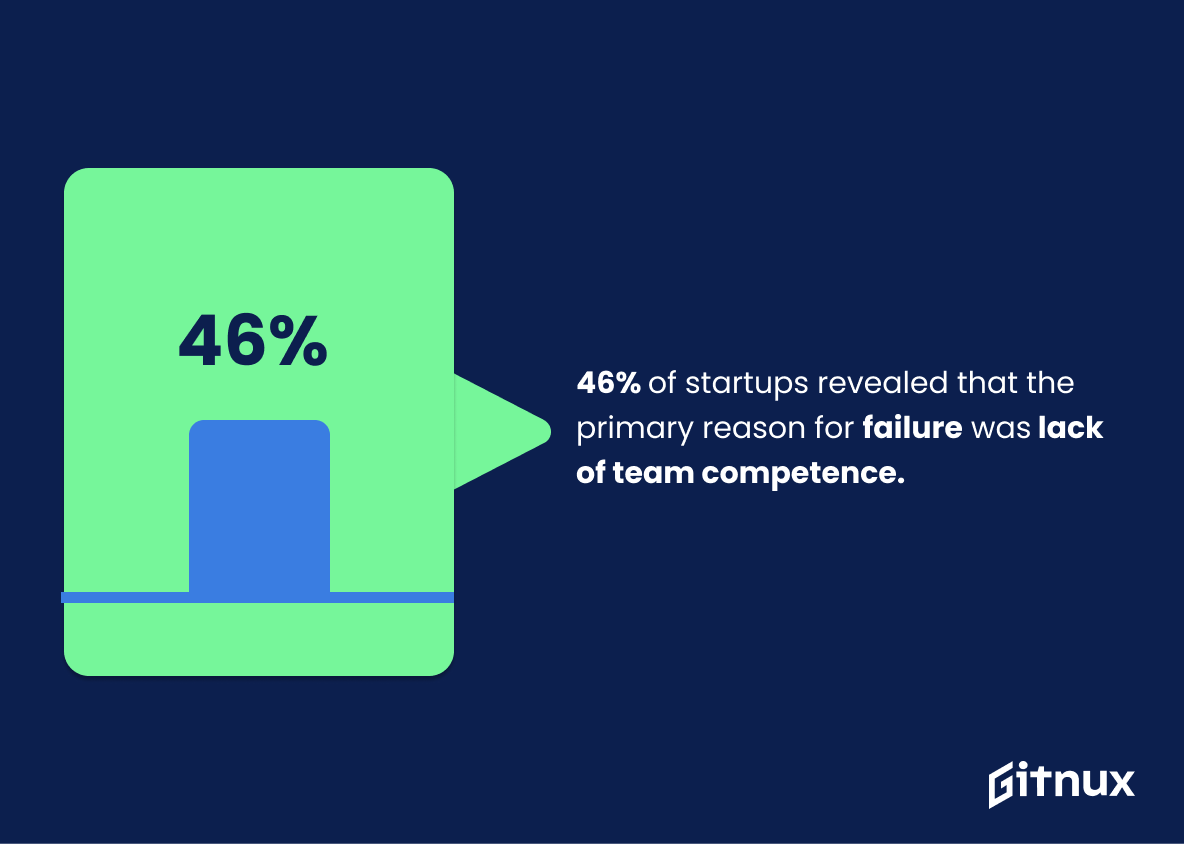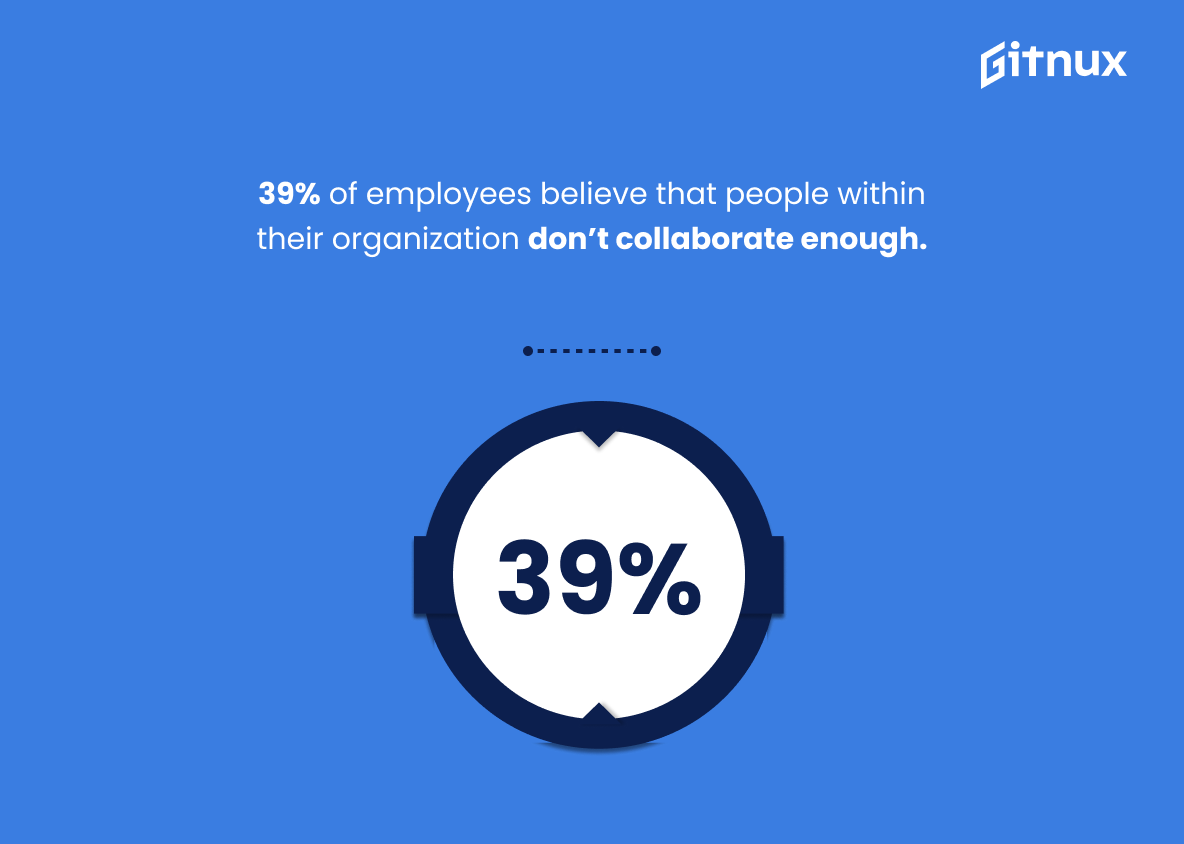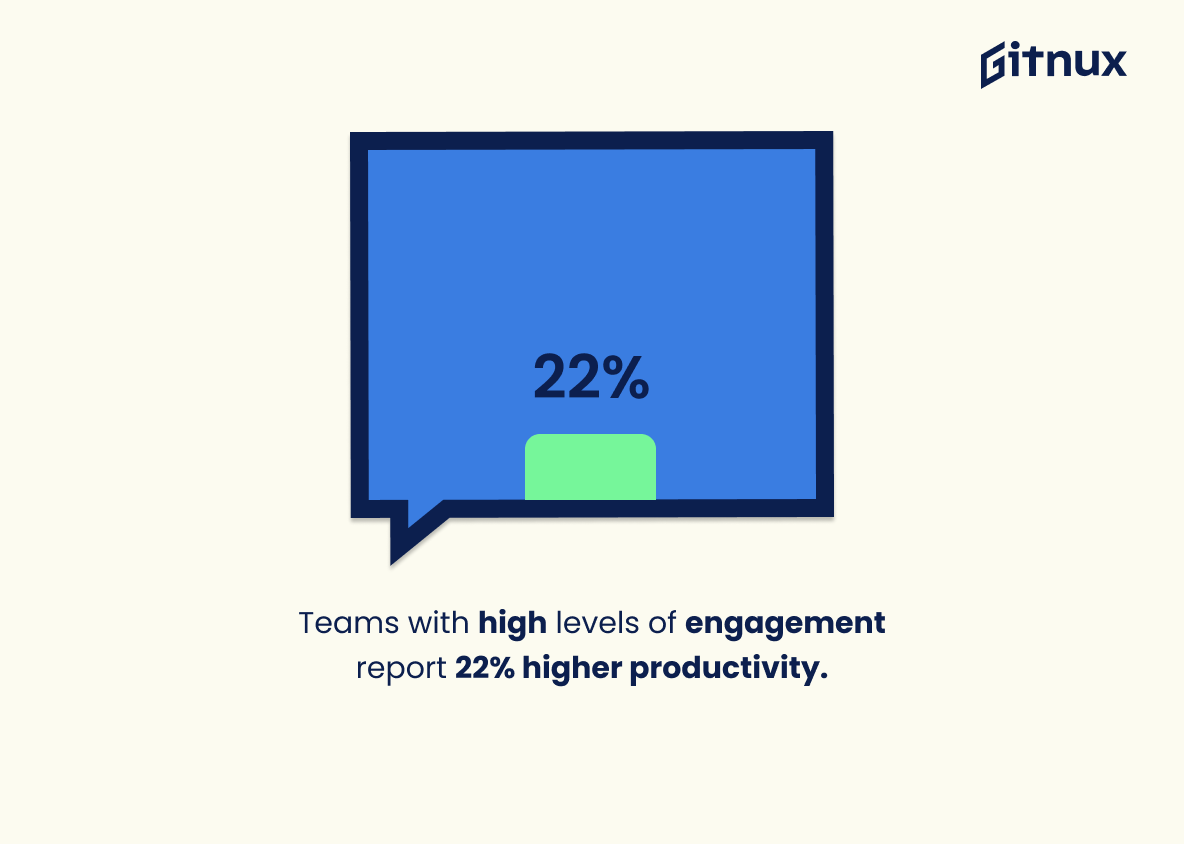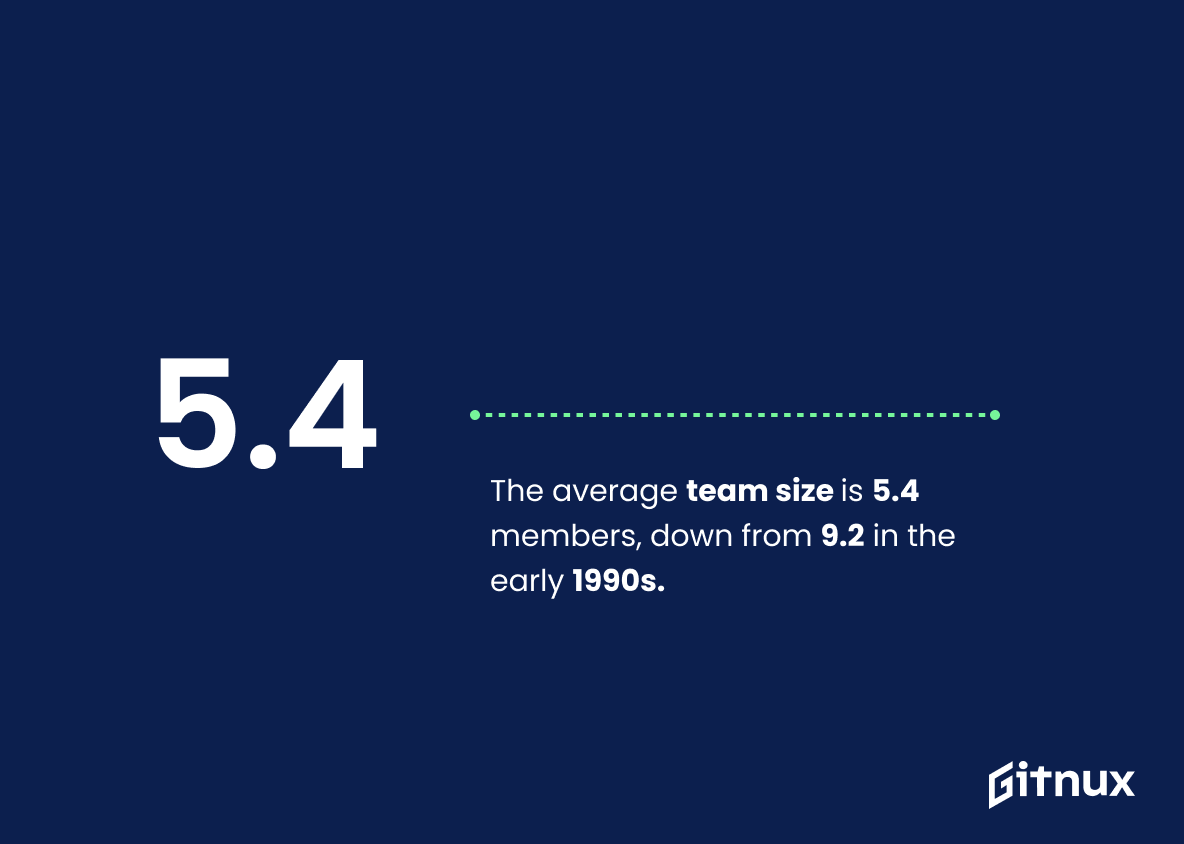Dive into the dynamic world of numbers, trends, and patterns as we unravel the fundamentals of Team Statistics in this blog post. Regardless if you’re a budding business owner, a seasoned sports analyst, or simply someone with a profound interest in the art of data analysis, understanding team statistics can provide invaluable insights. From enhancing your strategic decision-making abilities to predicting future performances, the power of team stats is undeniable. Join us as we illuminate the essentials of interpreting, utilizing, and maximizing the potential of team statistics. This is your gateway to becoming more data-informed and results driven in your team assessments.
The Latest Team Statistics Unveiled
High-performing teams can lead to a 20-25% increase in performance.
Draped in the compelling cloak of numbers, this statistic illuminates the powerhouse that high-performing teams truly are. It unfurls a striking boost of 20-25% in performance, a remarkable margin in any context. Picture this – you are amplifying your team’s output by up to a quarter again, simply by focusing on high-performance strategies. In the realm of Team Statistics, it underpins the stark significance of investing in team performance, ripping apart any understated notion that individual effort alone drives success. With these stats to hand, one cannot merely glimpse, but thoroughly understand, the profound synergy of team cohesiveness and its potential to supercharge performance. In essence, the power of a well-oiled, high-performing team isn’t just suggested, it’s quantified.
Only 2.5% of companies successfully completed their planned projects.
Painting the canvas of project completion, the splash of 2.5% successful companies forms a poignant highlight. It waves a red flag, signaling the intense challenges that teams face in achieving their preset goals. This minute percentage, shining like a lone star in the cosmic business arena, underscores the critical importance of effective team management, cooperation, and coordination. By shedding light on the steep climb to successful project completion, it invites a deeper exploration of team statistics in a bid to sharpen strategies, refine roles, and recalibrate team dynamics. A reflection on these numbers within a blog post on team statistics is an urgent call-to-action, where every decimal could represent a battleground for success or failure.
86% of employees and executives cite lack of collaboration or ineffective communication for workplace failures.
The tapestry of team dynamics is artfully woven by the threads of collaboration and communication. As shown by a fascinating figure, a startling 86% of employees and executives attribute workplace failures to a lack in these vital areas. Imagine that; nearly nine out of every ten professional bombs get dropped due to missed or muddled communication, or subpar collaboration. This figure isn’t just another dry statistic; it’s a spotlight illuminating the crux of team functionality, begging us to pay attention and rectify it. So, when we discuss about team statistics, this discovery is unavoidable. It’s a forceful reminder, speaking volumes about how essential quality communication and robust collaboration are, not simply for the team harmony, but the very success of our workplace endeavors.
Teams in the top quartile of engagement outperform their peers by 21% in profitability.
In the bustling arena of blogging about Team Statistics, unveiling a gem like – ‘Teams in the top quartile of engagement outscore their rivals by 21% in profitability,’ is akin to hitting the jackpot. This statistic carries a punch, illuminating like a beacon the compelling link between team engagement and profitability. It serves as hard proof that putting effort into fostering team engagement isn’t just a “feel-good” initiative, but actually a direct driver of a team’s financial success. It’s a powerful lever that companies can pull to leap ahead of their competition. This golden nugget of insight clearly demonstrates the high-stakes role team engagement plays, urging businesses to spend resources wisely on nurturing their teams, thus establishing the context for an engrossing discussion on Team Statistics.
Organizations with high employee engagement scores saw twice the customer loyalty than organizations with average employee engagement levels.
Delving into the realm of team statistics, let’s shine a spotlight on a compelling figure – organizations achieving high employee engagement scores have doubled customer loyalty in comparison to those with average involvement levels. This statistic offers an insightful glance into the inherent power of employee engagement. With more active contributions from team members, organizations can fuel a more productive and efficient setup. Not to mention, highly-engaged employees embody the company values better, leading to a stronger, more relatable brand image. This, in turn, cultivates customer loyalty, a key ingredient to the recipe of sustained business growth and success. Thus, enhancing employee engagement isn’t merely a morale booster, it’s also a potent strategy for boosting customer loyalty, paving the way for a virtuous cycle of positivity and prosperity.
75% of cross-functional teams are dysfunctional.
Peeling back the layers of team dynamics reveals a startling revelation: a whopping three-quarters of cross-functional teams find themselves in the throes of dysfunction. In a landscape where cross-functional collaboration is vital to tackle business complexities, such a statistic serves as a high-visibility warning sign. It brings into sharp focus the challenges teams face, underlining the urgent need for addressing team cohesion, communication, and leadership. Weaving this statistic into our blog creates a powerful narrative, encouraging readers to rethink their approach to team building and management – a crucial step towards promoting organizational effectiveness.
When the diversity of teams is increased, their performance improves by 50%.
Imagine the exhilarating rush of ideas flowing freely in a room filled with personalities spanning across different ethnicities, backgrounds, age groups, and genders. Now, imagine that symphony of diverse thoughts leading to an astonishing 50% boost in the team’s performance. This certainly sets an intriguing tone to the realm of Team Statistics.
In our digitally advanced world where cross-pollinating ideas and abilities is the norm, this statistic fundamentally sheds light on the essence of diversity within teams. Elevating the performance by 50% is no meager feat. This becomes the potent catalyst that an organization needs in order to scale new heights in terms of innovation, problem-solving, and productivity.
Our blog on Team Statistics revolves around understanding the dynamics shaping successful teams and it’s hard to ignore the glittering jewel of diversity in this mix. Not only is this a progressive reflection of our societal changes, but it also provides striking evidentiary muscle to support the power of inclusion. It doesn’t just make the team structure a colorful mosaic but also infuses it with an infectious energy that translates to improved team performance. It’s indeed diversity that becomes the engine of this robust performance-driven machine.
97% of employees and executives believe lack of alignment within a team impacts the outcome of a task or project.
In the high-stakes orchestra of business performance, this statistic resonates like a striking bass note – 97% of employees and executives contending that the lack of alignment within a team affects the outcome of a task or project. Within the melodic narrative of a blog post about Team Statistics, this statistic crescendos, underscoring the pivotal role of teamwork and alignment in steering the course of project results. It’s the chorus that paints a vivid picture of the critical importance of synchronization, coordination, and collaboration on the performance stage of the corporate world. Indeed, it whispers a compelling truth – unity in strategy, vision, and execution can make the difference between a standing ovation and a lukewarm round of applause.
46% of startups revealed that the primary reason for failure was lack of team competence.
Drawing from the vein of this striking statistic – that 46% of startups attribute their downfall to inadequate team competence, it underscores an inescapable truth in the realm of business. This fact paints a vivid picture of how critical team competence is to the survival and success of a startup.
In the tapestry of any blog post detailing Team Statistics, this statistic should not simply be an idle footnote, but rather a clarion call to ensure more attention is given to this important tenet. It emphasizes the immediate need to strengthen the competence of teams, as the embers of failure in almost half of startups interestingly spark from an incompetency furnace within teams.
In essence, whilst interesting figures and data chronicling team dynamics might fill the scrolls of Team Statistics blogs, the resounding echo of this statistic asserts a cardinal rule – team competence is not simply an abstract notion, but a real game changer that can spell the boom or bust of a particular startup. Whether you are a startup mogul, a team member, or indeed, a keen observer of business trends, this statistic calls for a deep rethink and possible overhaul of how team competence is understood, prioritized, and nurtured within startups.
39% of employees believe that people within their organization don’t collaborate enough.
Shining a spotlight on the unsettling revelation that a substantial 39% of employees perceive a lack of collaboration within their organization establishes its relevance to our discussion on Team Statistics. In the bustling world of teamwork, collaboration is the glue that binds the operation together, resulting in synergized efforts towards shared targets. Thus, the fact that almost two in five workers see a deficit in this critical area throws light onto potential roadblocks that prevent teams from reaching their peak performance. Consequently, this statistic introduces an intriguing piece of the team dynamics puzzle – indicating where organizations might need to focus their efforts to stimulate a more cooperative environment and enhance overall team productivity.
More diverse teams outperform individual decision-makers 87% of the time.
In the lively dance of numbers and trends that make up Team Statistics, this particular revelation stands out like a gold medalist at the Olympics. An astounding 87% dominance of diverse teams over individual decision-makers, not only unravels a powerful truth, but also fuels thought on the potential dynamism, creativity and innovation teams bring to the table. It tosses a spotlight onto the crucial role diversity plays in viewing problems from various perspectives, ultimately reaching a more comprehensive, innovative and effective solution. Imagine the richness and versatility diverse teams can infuse into a project, an idea or a problem-solving process. So, in the vast arena of Team Statistics, this discovery becomes both a guiding star and a game changer.
Teams with high levels of engagement report 22% higher productivity.
Painting a vivid picture with numbers, let’s delve into the profound impact of this striking statistic – ‘Teams with high levels of engagement report 22% higher productivity.’ In the vibrant kaleidoscope of team dynamics, productivity operates as a linchpin. It’s not just a bland, pragmatic measure, it’s the lifeblood of team growth and achievement. When the pulsating heart of engagement is boosted, it infuses more energy into this lifeblood, thereby leading to an astounding 22% surge in productivity.
Now, picture the cascading effect of this fact on a blog focusing on Team Statistics. It would spotlight engagement as a key to unlocking enhanced productivity, convincing leaders and members alike to foster an environment of active participation and spirited collaboration. Indeed, this data point acts as both a clarion call and road map towards cultivating highly productive teams. The blog becomes a compelling narrative about engagement’s transformative power, centered around this potent statistic. So, next time one thinks of cresting the wave of productivity, remember, your boat’s sail isn’t the latest technology or strategy, it’s the whistleblowing wind of team engagement.
The average team size is 5.4 members, down from 9.2 in the early 1990s.
Peeling back the layers of this compelling statistic, it becomes evident that modern teams are almost half the size of those from the early 1990s. This significant reduction in the average team size, from 9.2 to 5.4 members, could suggest several substantive and intriguing trends in the realm of team dynamics.
It could illuminate a shift towards a leaner, more focused approach to team-based tasks, indicating an increased emphasis on efficient communication, quicker decision-making processes and more intimate collaboration. Conversely, it could also suggest an increased demand on individual team members, as fewer bodies are carrying the same, if not more, workload. This insightful statistic serves as an essential piece of the puzzle, aiding in the broader comprehension of the ever-changing landscape of team configurations, trends, and dynamics, which is the crux of the blog post’s focus on Team Statistics.
88% of employees say that their company doesn’t provide them with growth opportunities.
Delving into this striking statistic of a whopping 88% of employees feeling their company offers no growth opportunities, we uncover insights that are vital to any blog post about team statistics. It speaks volumes about employee dissatisfaction and a potential lack of motivation in the workplace. With the vast majority of staff feeling undervalued and stagnant in their roles, it’s clear there is a significant gap between employees’ expectations and the provisions of the management. Not addressing this in your blog post would be like leaving out a key player in the team statistics. This statistic, therefore, functions like a compass, guiding the discussion towards the all-important aspect of employee development and job satisfaction.
Conclusion
In our dynamic world where numbers and data dominate strategic decision making, Team Statistics stand as an invaluable tool for businesses and sports teams alike. We’ve journeyed through the importance of collecting, analyzing, and understanding these statistics, highlighting how they can streamline processes, optimize performance, and ultimately, secure competitive advantage. Whether it’s in the sports arena or the business world, harnessing the power of Team Statistics can be the game changer in your journey towards success. It’s clear that in the future, those capable of effectively interpreting team stats will set themselves apart from the rest. Investing the time and effort in mastering Team Statistics today can potentially yield high returns in the future.
References
0. – https://www.www.ebnonline.com
1. – https://www.www.salesforce.com
2. – https://www.www.clearcompany.com
3. – https://www.www.bain.com
4. – https://www.hbr.org
5. – https://www.www.lucidchart.com
6. – https://www.www.mckinsey.com
7. – https://www.theinterviewguys.com
8. – https://www.blog.accessperks.com
9. – https://www.www.gallup.com
10. – https://www.www.queensu.ca
